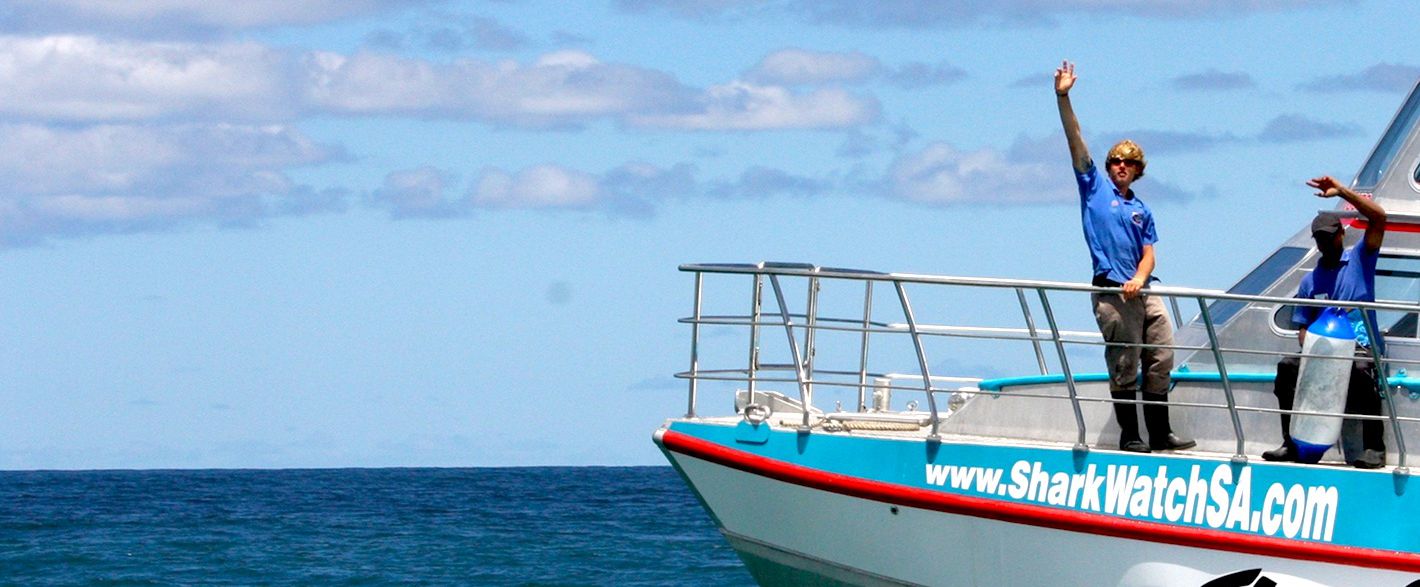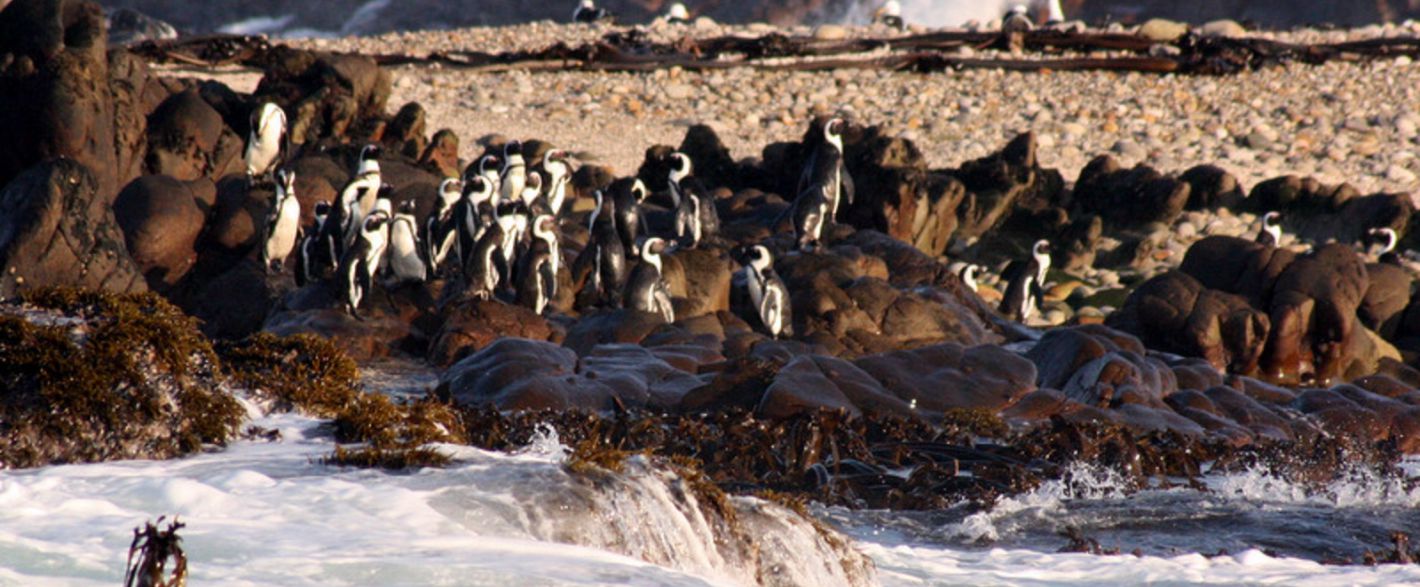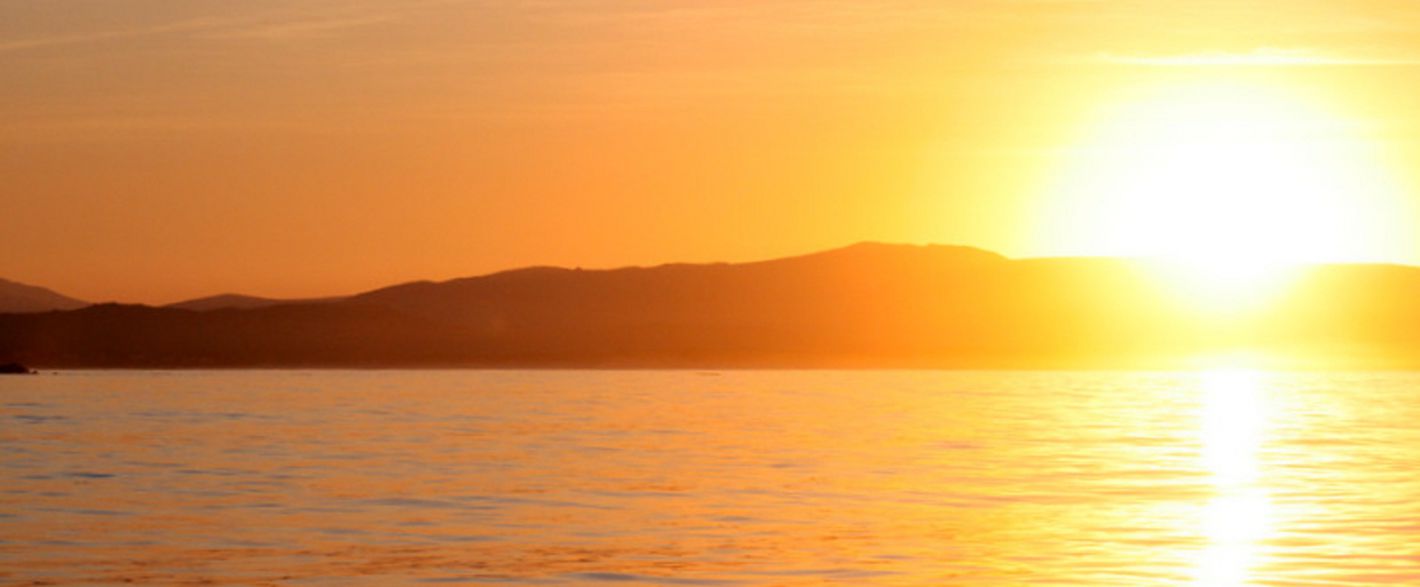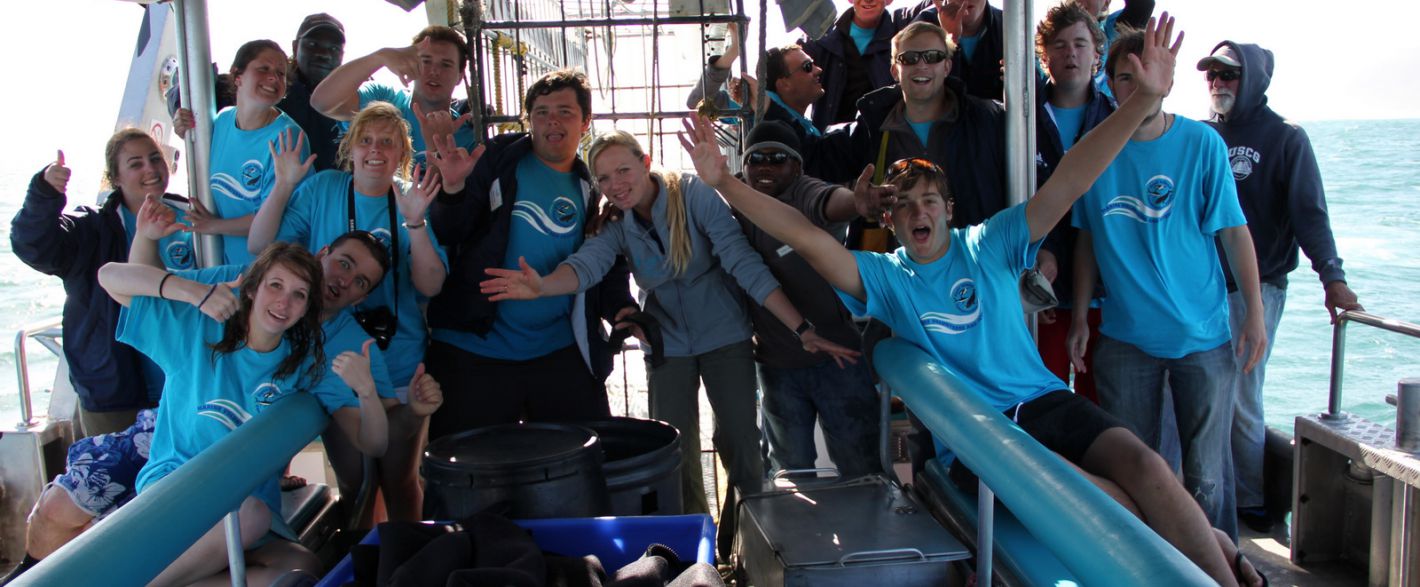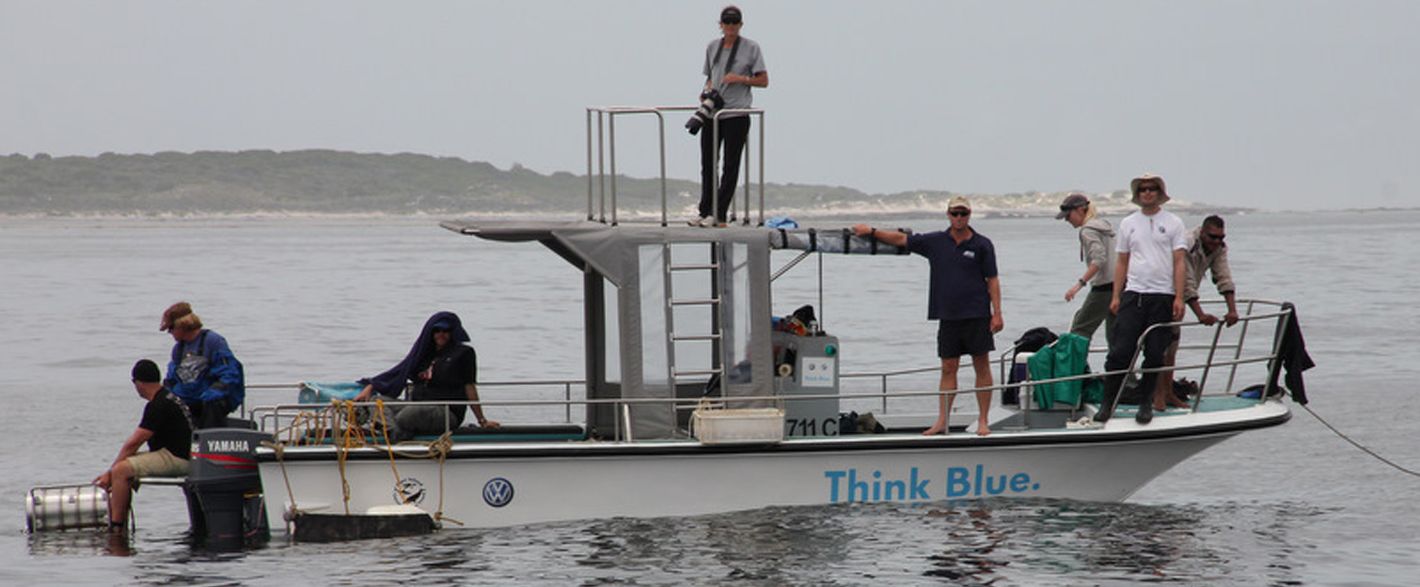Shark Cage Diving In South Africa Saves The Sharks
The great white shark is considered Vulnerable by IUCN’s Red List of Threatened Species, listed on CITES Appendix II, and has in fact been protected in South Africa since 1991. White shark cage diving is permitted by South Africa’s government Department of Environment, Forestry and Fisheries.
There are only three areas in South Africa where shark cage diving takes place – Gansbaai, False Bay (seasonal), and Mossel Bay. These are based around Cape fur seals, a preferred prey of white sharks, and these colonies generate what is known as a natural chum slick.
White shark cage diving has been recognised as a vital conservation tool, critically important for the species’ conservation in Southern Africa where it is a highly threatened species. Marine Dynamics is a company that is doing its very best to minimise the impact on the environment across the board and being recognised internationally for doing so, winning responsible tourism and conservation awards and being referenced in case studies. As such, we appreciate the necessity to protect our wildlife. We encourage tourists and tour operators to work with responsible shark cage diving operators and we live by our slogan of “YOUR CHOICE MAKES A DIFFERENCE.”
Without these operations, white sharks would not be monitored and policed daily in South Africa. This would then open up the very real threat of illegal fishing of this species. One analogy to consider would be the Mountain Gorillas that have trackers monitoring them daily – this is only possible through the funding generated by gorilla eco-tourism itself. Without this form of tourism, it is not likely the gorillas would have survived poaching. There are also positive spin-offs for the community in terms of employment and the value chain of businesses that benefit, which is the same with shark cage diving.
In understanding white sharks, it is important to note that the white shark population in Gansbaai is open, thus sharks do not live in the bay year-round. They are transient and usually spend a few weeks to a maximum of a few months per visit (Towner et al. 2012). There seems to be a high degree of site fidelity where individuals return to the site intermittently between migrations. Our preliminary satellite tracking data shows that white sharks undertake extensive longshore migrations and will often remain away from Gansbaai for as long as a year. The species spends time inshore whilst migrating often patrolling sandy beach environments regardless of activities such as fishing or chumming taking place.
Our Gansbaai population estimate in 2013 established that as few as 800 to 1000 white sharks may comprise the Gansbaai population and these sharks face many threats in Southern Africa. In Mozambique and off the coast of KwaZulu-Natal up to 40 white sharks may be killed annually in bather safety nets, drumlines, and coastal fisheries. These should be a far bigger concern than what is a positive and non-consumptive tourism industry.
Marine Dynamics was instrumental in changing permit conditions to exclude any use of other shark species. The chum mix is only made up of fish and is small enough to not be considered food for sharks but merely creates a scent trail to attract sharks to the boat. A natural chum slick originates from the seal colony which is why the sharks are in the area. The boats must still position themselves where the sharks are to be found – in summer in the shallows and in winter around the island. Provisioning or feeding of white sharks has never been permitted within the code of conduct for South African white shark diving activities.
Our chumming methods and use of a decoy (cut-out of a seal shape) and a fish head generally not bigger than 100mm head are used by Marine Dynamics. This method of operating is standard practice in South Africa. Both are merely to ensure that once we have the attention of the shark from the oily scent trail at the back of the boat that we keep their interest a little longer to ensure our clients enjoy a view of the shark. For most, this experience is about seeing the shark underwater and we work in such a way that the shark will swim past the cage. It is also important to note the high safety standard of cages in South Africa. Activities such as watching whales are easier as they spend time at the surface and must surface to breathe, but white sharks are almost impossible to see without attracting their attention.
We have been documenting the sharks since 2005 and have seen growth and maturity over the years so no long term impact is observed, even if they may use some energy while visiting the boats.
It is only through people observing them can we encourage people to conserve them, because of the personal connection experienced. Every day, after observing the species in its natural environment, people become shark ambassadors.
Another spin-off from shark cage diving in South Africa is the employment created which is critically important for the area. The businesses also endure tough conditions such as weather and shark behaviour which can sometimes limit the ability to operate – we are completely dependent on nature.
Marine Dynamics with our established Dyer Island Conservation Trust (2006) has initiated many conservation projects. Besides invaluable shark research, there are major penguin conservation strides being made from the nest project addressing fledgling success to the establishment of the African Penguin and Seabird Sanctuary. Marine pollution efforts include regular beach clean-ups, the unique fishing line bin project, and our most recent storm drain catchment net project. The Trust is the first port of call for animal rescues in the area handling strandings, whale disentanglements and bird rescue. Community education is a prime priority. Without the support of companies like Marine Dynamics and the thousands of tourists who help fund this work, none of this would exist in what is a delicate and unique marine ecosystem. See www.dict.org.za for a comprehensive list of projects and wildlife benefiting from the cage diving eco-tourism in Gansbaai South Africa. The Dyer Island Conservation Trust reports: DICT 10 Year Report / DICT 2017-2019 Report A list of our publications: ttps://dict.org.za/about/#publications
Our senior shark biologist, Alison Towner, has contributed to global papers on white shark research priorities and the impacts of fishing vessels on shark populations. Her research from tagging data collected in Gansbaai further supports the observations that sharks spend less time at cage diving vessels over time and some choose not to respond at all.
In summary, our studies have led to the following knowledge on white sharks:
- Gansbaai population estimate.
- Knowledge of white sharks' incredible wound healing capabilities.
- Tracking analysis revealed that larger white sharks are more selective and refined in the habitats they use than smaller sharks. Spatially restricted management strategies would aid the enforcement of current protective legislation for the white shark in similar environments of limited resources and capacity.
- Warmer waters and climatic phase showed significant effects on the numbers of sharks with females favouring warm and males’ cooler waters. The findings of this study could contribute to bather safety programmes because the incorporation of environmental parameters into predictive models may help identify times and localities of higher risk to bathers and help mitigate human white shark interactions.
- Significantly different habitat use and movement patterns between white sharks in Mossel Bay and Dyer Island.
- Predator-prey relationship between white sharks and Cape fur seals.
- Identification of individual sharks.
- Sex-specific and individual preferences for hunting strategies in white sharks. White shark behaviour ultimately creates different pressures on other trophic levels which are of particular concern in a complex and vulnerable marine system such as Dyer Island.
Our team were involved in the retrieval and dissection on site of five deceased white sharks. These deaths were attributed to orca predation which is the first confirmed account in South Africa. Again, this knowledge is critical in understanding what is happening with this species. All sharks we recognised from our extensive database, again highlighting how critical daily observation data is. Our onboard marine biologist is key to our operation.
We feel sure that if the boats were not on the water every day monitoring them, these incredible animals would be poached extensively. Research on the great white shark is key to their survival. If we understand the pressures on this species, we can help drive conservation decisions on a government level and the level of research supported through this industry is internationally and nationally recognised.
